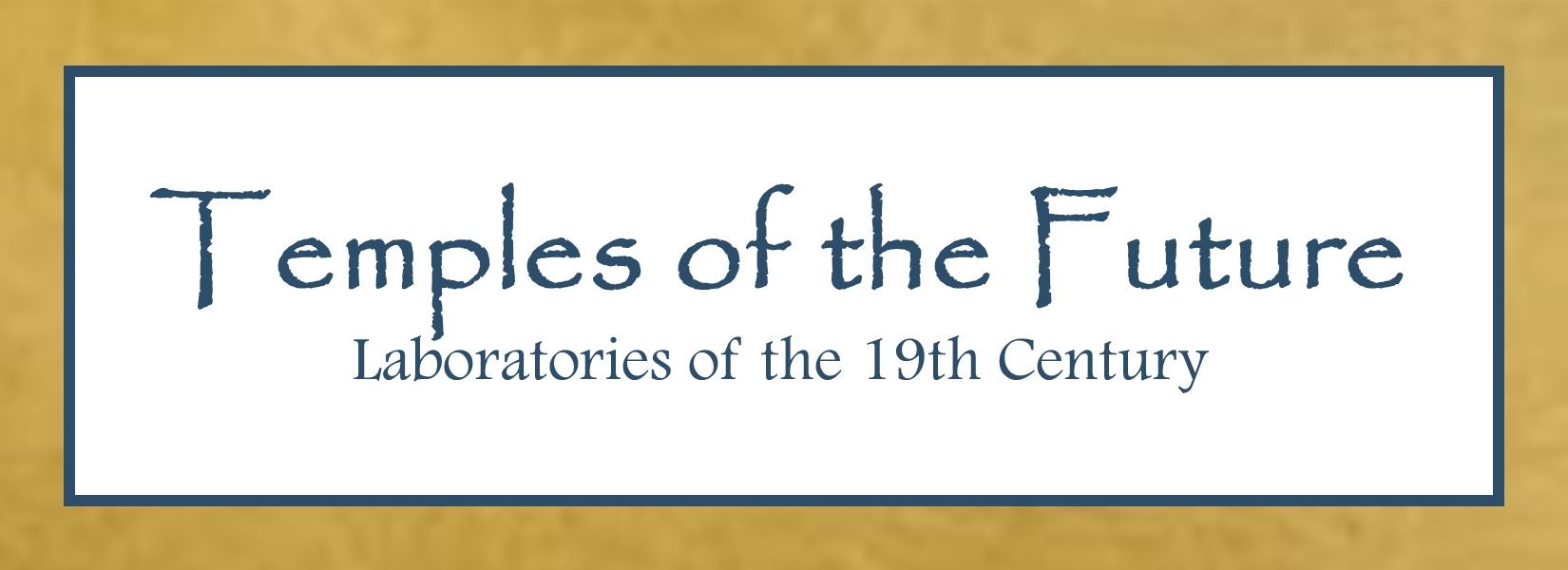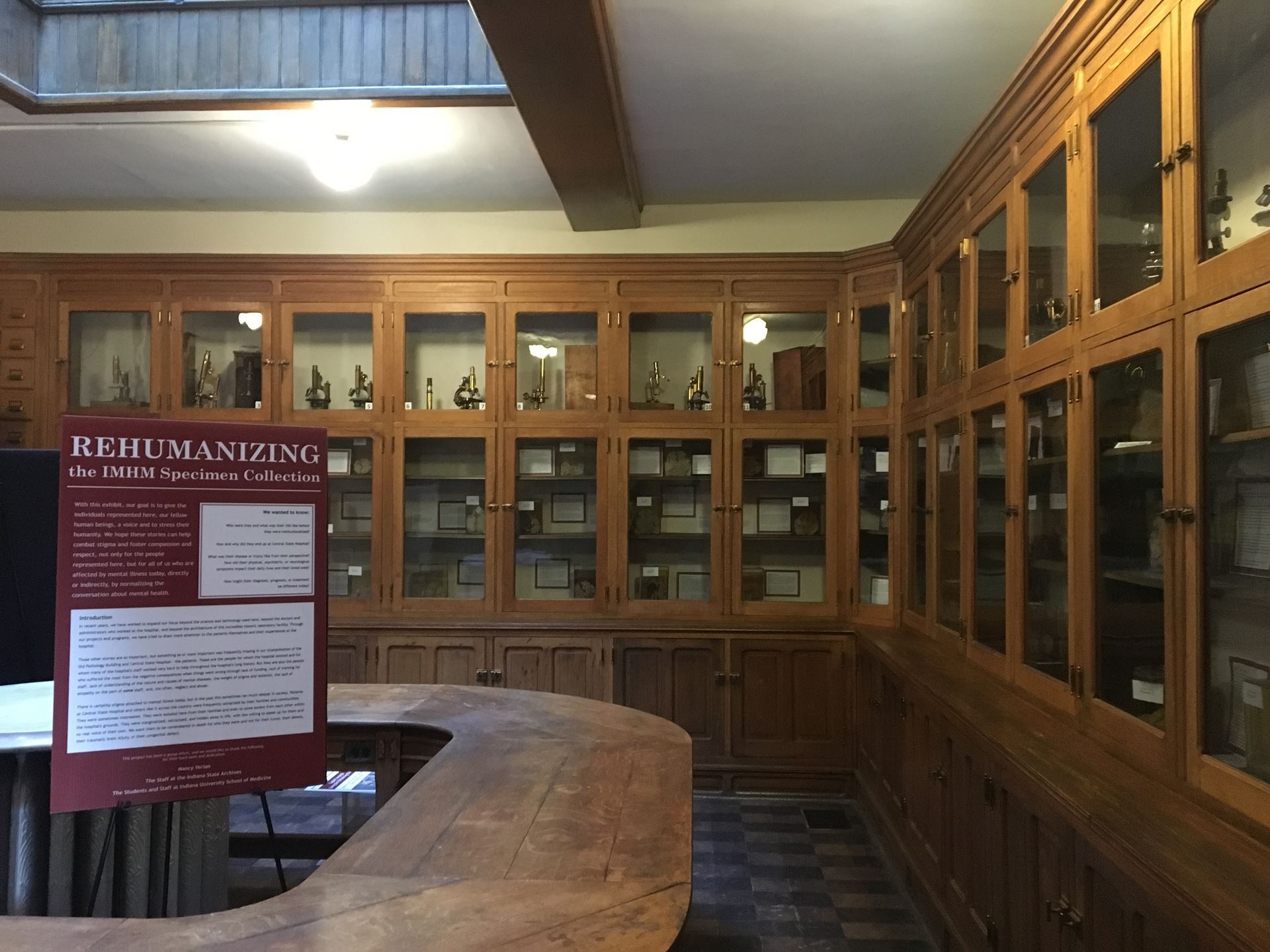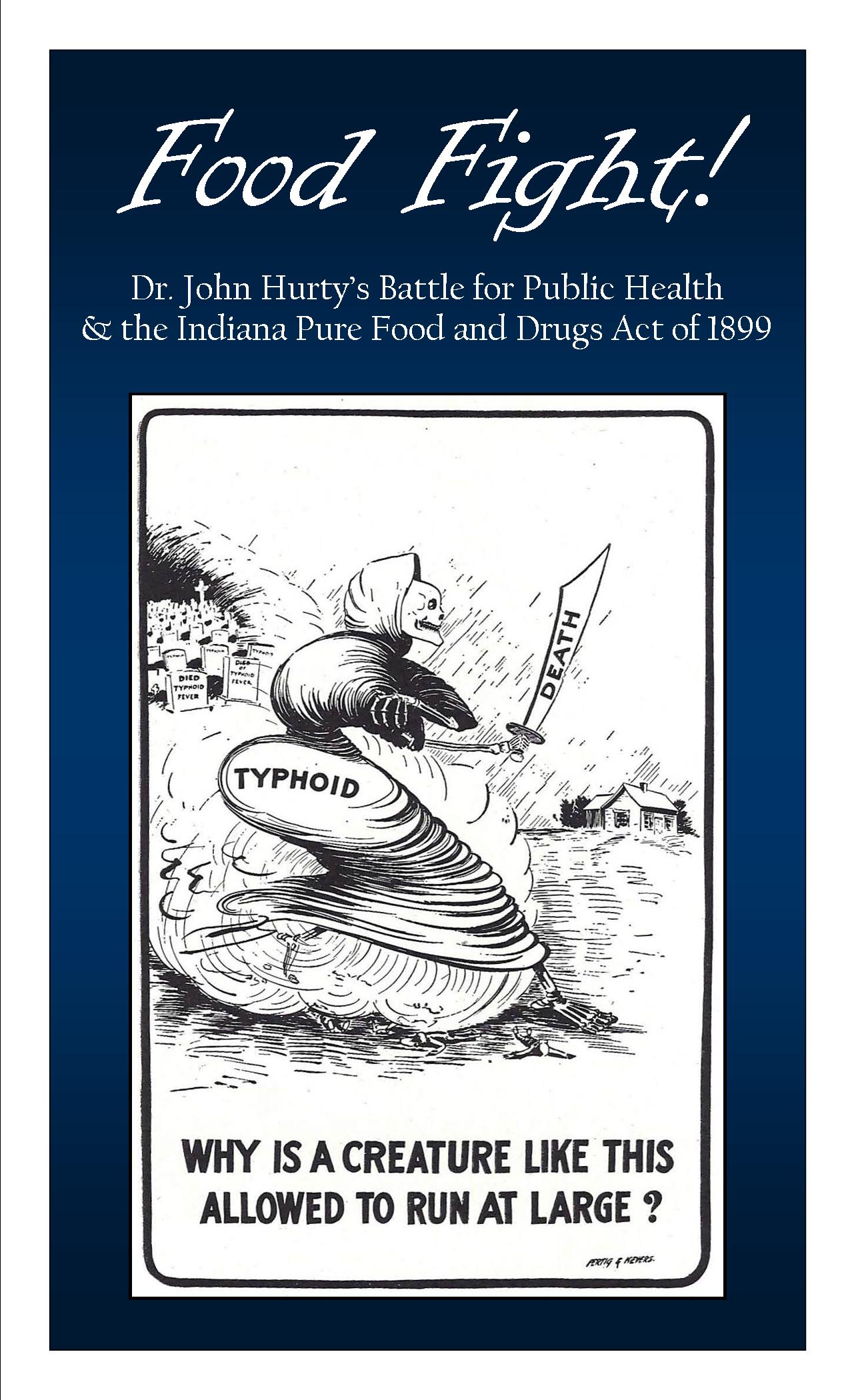ONLINE EXHIBITS
NEW! "Take interest… in those sacred dwellings called laboratories. Demand that they be multiplied…these are the temples of the future, temples of well-being and of happiness. There it is that humanity grows greater, stronger, better. -Louis Pasteur, 1878 LOBOTOMY: INTENTIONS, PROCEDURES, EFFECTS For most of us, the idea of lobotomy triggers revulsion. But what were the intentions behind it? Why did it become such a widespread psychiatric treatment in the mid-20th century? With this exhibit, our goal is to give the individuals represented in our specimen collection a voice and to stress their humanity. These are real people, patients from Central State Hospital who passed away in the hospital and were autopsied in the Pathological Department that now houses the Indiana Medical History Museum. Their humanity and their experiences deserve to be recognized. | SISTERS IN THE CITYNu Sigma Phi Medical FraternityNEW! In April of 1909, the women physicians of Indianapolis formed the Gamma Chapter of the Nu Sigma Phi medical fraternity. These are their stories.
Built in the 1840s to treat people diagnosed with mental illness, Indiana's Central State Hospital closed in 1994 after a spate of scandals regarding patient abuse and neglect. "Leaving Home" explores what life was like for residents in the hospital's final years, as seen through two patient-produced newsletters, The DDU Review and The Local Bahr. These rich sources are a narrative guide to the perspectives of the people who lived at Central State in the era of deinstitutionalization. This exhibit is part of the Humanities Action Lab's nationwide States of Incarceration Project, and was designed by students at Indiana University, Purdue University, Indianapolis, in partnership with the Indiana Medical History Museum and the National Alliance on Mental Illness. | Muncie Smallpox Epidemic of 1893 NEW! In 1893, an outbreak of smallpox in Muncie, Indiana ultimately killed 22 and sickened 150. Conflicting opinions of physicians and slow response by health authorities did little to slow the spread of the disease.
Dr. John Hurty's Battle for Public Health in Indiana
Secretary of the Indiana State Board of Health Dr. John N. Hurty was instrumental in the passage of Indiana's Pure Food and Drugs Act in 1899. Throughout his career, he commissioned cartoons to help raise public awareness, and political cartoons depicting his work were often published in newspapers.
In the 19th century, quack medicine began playing off of scientific and technological trends of the day. Although these treatments were considered revelatory at the time, it became clear that many manufacturers and sales people of patent medicines were working only for profit, and many of the medical devices and patent medicines on the market were not only frequently useless, they could also be dangerous. |

.jpg)




